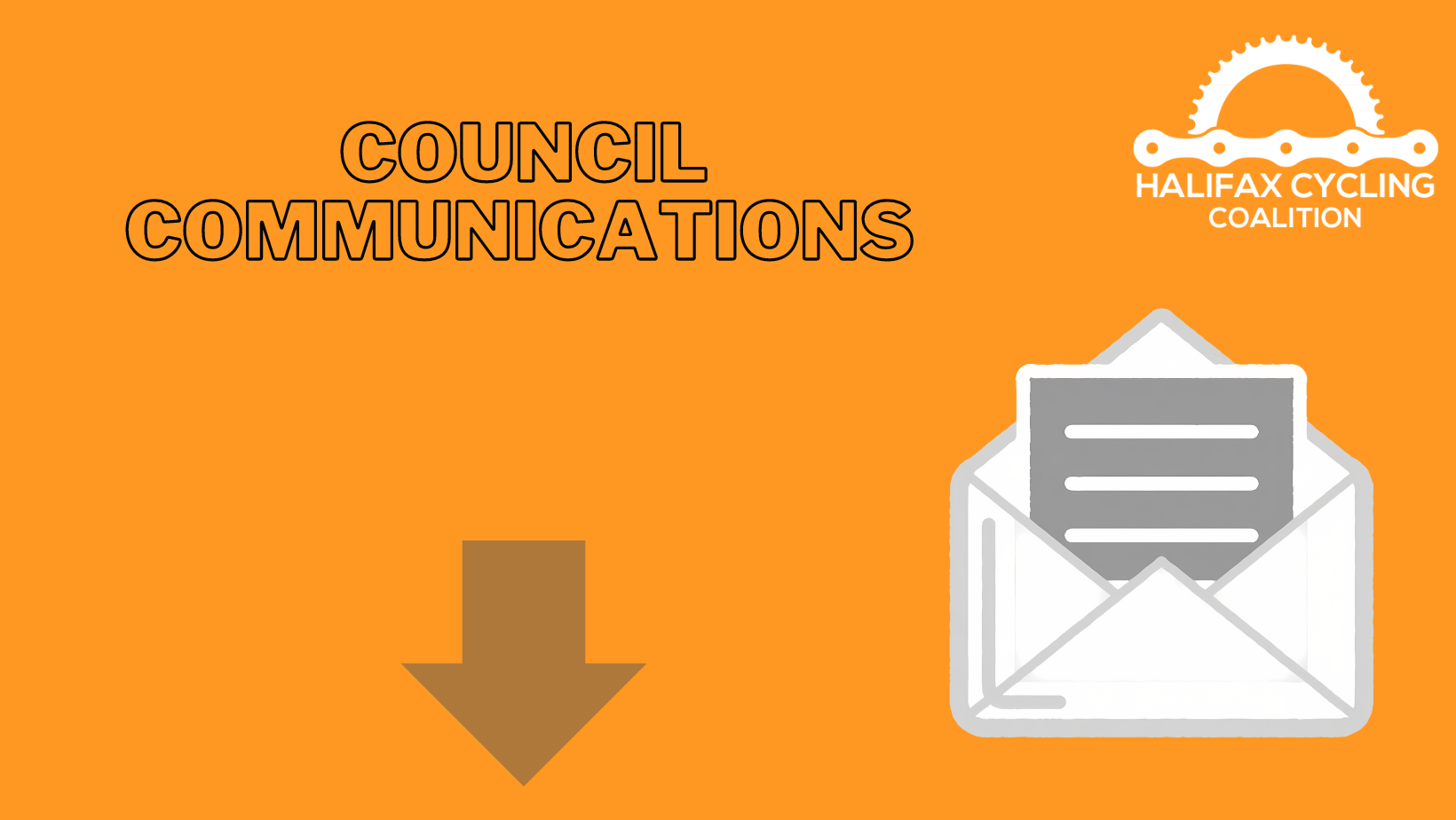With change comes opposition, but mayors behind ambitious road sharing reclamations are consistently rewarded. In a 2021 online Guardian news article, ‘The Bikelash Paradox – How Cycle Lanes Enrage Some, but Win Votes’, the writers, Janette Sadik-Khan and Seth Solomonow, point out how easy it is to argue about parking, yet how difficult it is to dispute a new city space filled with people and with signs of life, where there was little before.
“But a persistent theme is that voters have time and again reelected the mayors responsible for ambitious road reclamations, often with overwhelming majorities. Although many presume these policies are toxic, projects that make cities more liveable have been shown to be good urban policy and good politics.”
The longer the process takes and the more hesitant politicians are to transform spaces into vibrant bikeable and walkable cities, the more needless and unnecessary pain may be inflicted, with a loss of safety, accessibility, inclusive shared spaces and economic opportunities. A consensus to move forward on bold bicycling, walking, and rolling infrastructure has already been demonstrated, with a number of city surveys, over the last decade, stating that nearly 60% of people would like to bike if it was safer, more accessible, and on a connected network (Simon Fraser University 2017 study). In Halifax’s Regional Centre, the rate of commuter cycling is bordering on 10%, and this does not include people who use cycling for non-commute trips like running errands, meeting up with friends and family, or visiting local parks and beaches. #BikeHfx stats recorded a record 1,997 bike trips in one day this summer.
The 2021 Guardian article asks whether we are overreacting to “every pundit, armchair twitter critic, and headline writer, when voters remind us, over and over, that it is they who decide elections? Though road reclamations reliably serve as public-relation challenges for cities, experience shows that residents adapt quickly to road changes and predictions of traffic nightmares and business failures do not come to pass” .
Our success in gaining acceptance and support for safe, accessible biking infrastructure relies on support from people who aren’t bike riders (but optimistically, soon could be).
Many people enjoy swimming, but not where it is shark-infested. Our unsafe streets are a barrier to those who would like to try biking. There are many people who fall into the ‘I’d like to, but…’ category. They don’t ride now, but would try it if they felt safe.
So, imagine a future in which it could be possible to bicycle, walk or roll to a new soccer stadium or city event, and find bicycle valet parking. Imagine being able to sign out bicycles from libraries, community centres, and schools, and imagine non-profits who assist citizens with building, owning and maintaining their own bikes, including helping disenfranchised or marginalized groups (think Bike Again with scaled funding). Imagine your child safely biking to school, your family bicycling to their local park or running a few small errands by bike. Imagine feeling invigorated and healthier because you are close enough to bike to work…a 5 km trip takes less than 20 minutes by bike! Imagine stepping out of the isolation of your vehicle and feeling more connected with your community. Imagine car drivers facing less traffic congestion, and neighbourhoods facing less noise and air pollution. Some of this is already happening in HRM, but there is so much more that needs to be done!
We need to shift the conversation to the fact that everyone benefits from more people cycling—even drivers!
Fulfilling these inclusive dreams can be achieved by bold political leadership that sets a plan in place to complete a safe and connected bicycle network, with measurable, achievable timelines and benchmarks. With the delays we have seen over the last decade, we need a plan from our city politicians that guarantees the completion of a permanent, well maintained, safe, accessible, all ages and abilities and all seasons (AAAA) bicycling network by HRM’s current deadline of 2028.
We think it could be done much sooner than that! The sooner the completion, the sooner people will start to adjust to the changes and see the benefits of the network in full use, rather than be upset and opposed to the constant incremental change.
Our municipal election is only a year away. The Halifax Cycling Coalition (HCC) will strive to engage, educate, and support city council, planners and administrators so that they recognize what many cities in Canada and around the world have learned – that voters will elect and re-elect politicians who act with decisive intention to create safe, accessible, vibrant, shared and inclusive spaces. HCC will work with diverse community voices to advocate for political candidates who support the timely completion of safe and connected bicycle networks in HRM.
In preparation for the upcoming municipal elections, HCC will examine and use electoral tools and strategies that have been proven successful by HCC and other bicycling advocacy organizations. This work begins now. HCC needs your strong voices and representation. Please reach out to the HCC Board and its Advocacy Committee to lend us your time (even a couple of hours a month), strengths, skills and passion, so that our AAAA bicycle network can be completed for the use of current and future HRM bicyclists.





